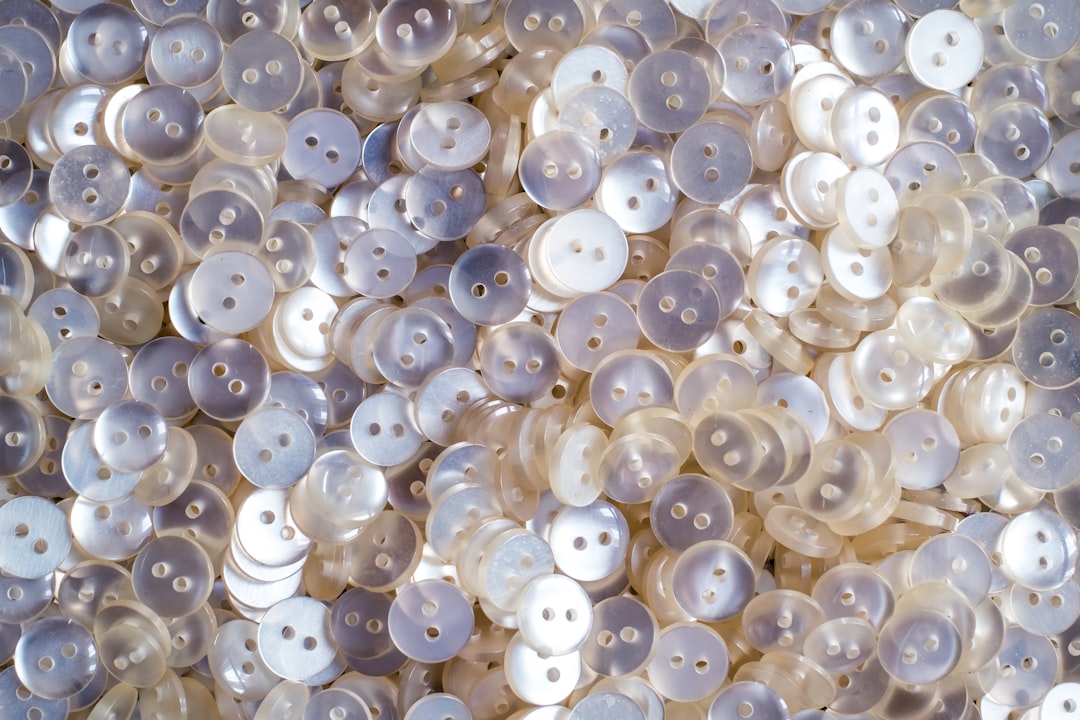
During the last three years, I’ve begun watching birds more intently. The creatures have always fascinated me, but during quarantine, I was stationary and the birds were the travelers, the ones who could take flight, lift up into the air and migrate to another continent. They were the ones who had freedom of movement, if not a loftier perspective on our world. Down below, we humans were left to deal with the mess.
In the fall, most of us didn’t care for the mess left behind by the purple martins. But Bruce, a Freemartin Town farmer, seemed to enjoy cleaning out their houses. He had a methodology, and went at it almost like an archeologist. In lockdown, I found the Bird Observation Conference Call and discovered Bruce’s story. First, he pulled the purple martin bird poop from his gourd, with the composting twigs, grass, and mud, placing the whole mess in a five-gallon bucket. Then he added water and swirled the mixture with a stick until any treasure that might be there, fell to the bottom of the bucket.
This year Bruce found small mother-of-pearl buttons in his bucket. Buttons? Where did the martins get the buttons? And why? Through some internet research and word-of mouth detective work, Bruce discovered that Muscatine, a city located 35 miles east of us on the Mississippi River, was once the Button Capital of the World. At the turn of the twentieth century, mussels were dredged from the river, then stamped and drilled with button holes in factories in Muscatine. The buttons were shipped to Washington, another nearby town, stapled to cards, and shipped out for sale. An old warehouse in Washington stored tons of antique buttons and mussel refuse.
Then a few years ago, the warehouse decided it was finally time to clean up their mess and discarded the buttons. Anyone could haul them away for the asking. Bruce’s neighbor hauled several dump trucks of the discarded buttons to his farm and piled them around the house to keep out water drainage. Bruce’s button’s matched his neighbor’s stash. After consultation with some ornithologists, Bruce theorized that the martins were pecking at the buttons for grit to aid digestion and for calcium for their growing fledglings.
I pressed the phone to my ear and thrilled at the thought of both the birds and buttons traveling through time and space. In around 1900, the buttons were transported from the river bottom near Muscatine to the warehouse in Washington, then a hundred years later to a landscaping project, then a gourd near Freemartin Town. In the belly of birds the buttons winged their way from Freemartin town to South America and back.
In my old Amish one-room schoolhouse where I live, I imagined this winged journey, and in my isolation, my mind expanded, my days became global. I thought about the book of world mythology that was once on the shelf in the cupboard where I now keep my dishes, and how it was treasured by the at least one student.
“This is where we kept that book,” a Mennonite woman had said, opening the glass door to the cupboard. The woman had returned for one of the schoolhouse reunions where people from all over the world—often three generations of one family—came to reminisce about their school days in a 650 square foot building.

Bong, bong, I’d rung the bell, buggies and cars pulling into my pasture, bringing baskets of sweet corn and fried chicken for a lunch under a tent, photos, stories, a re-enactment of a game of “Button, Button, Who’s got the Button?” and a rousing chorus of the “Itsy-Bitsy Spider.”
“I had just moved to Iowa City from Colorado,” one of the former teachers had said. “I needed a job, so I looked in the paper and saw positions at this school for K-8 grades. I was a third-grade teacher, so I applied, had an interview on the phone, and was told to report on Monday morning. I drove down here the first day and found out that the job was K-8.”
Under the wing of this teacher, the Mennonite woman had picked up the world mythology book as soon as she could read. And she read every chance she could until she graduated eighth grade.
“I loved that book so,” she said. “I used to read it over and over again, delighting in the dramatic stories from world cultures. I told myself that when I grew up, I would travel away to all the places in that book.”
“And did you travel?” I asked.
“Yes,” she said. “I now have an import export business in Singapore!”
World mythology, a book that might even be banned today for its depiction of homo or transexual gods, centaurs, sirens, and selkies, opened up one child’s world view and changed the course of her life. The child carried that book inside her, like a tiny fragment of a mother-of-pearl button, flying from one continent to another. I’m sure there were forces that wanted to hold her home, and I could feel those forces surrounding me in the schoolhouse many days these last few years. But I looked through the cupboard glass only to see a purple martin swooping toward me in the room.
Listen to the podcast:
Hear other podcasts from Iowa Writers Collaborative members:
And read and support my brilliant IWC colleagues:




It is so moving--and thrilling--to contemplate how intricate, elegant, and nonlinear our lives are, life is. Thank you, Mary!
This is such a great story, with so many stories inside, like a Matryoskka doll made of words.